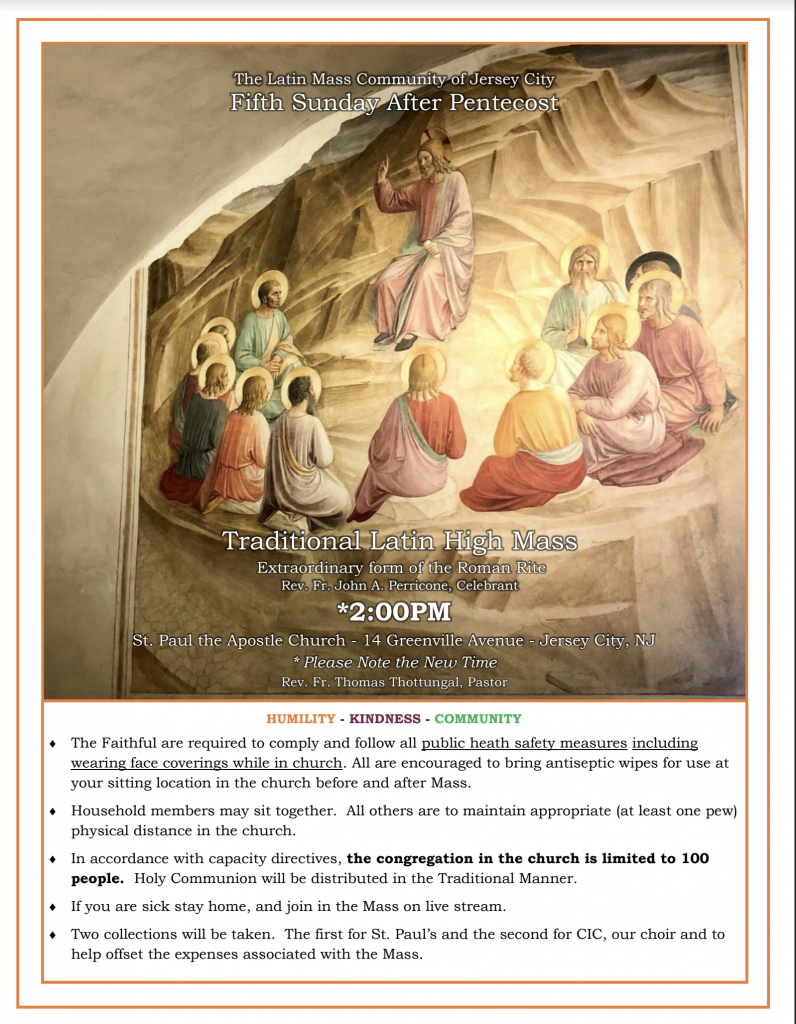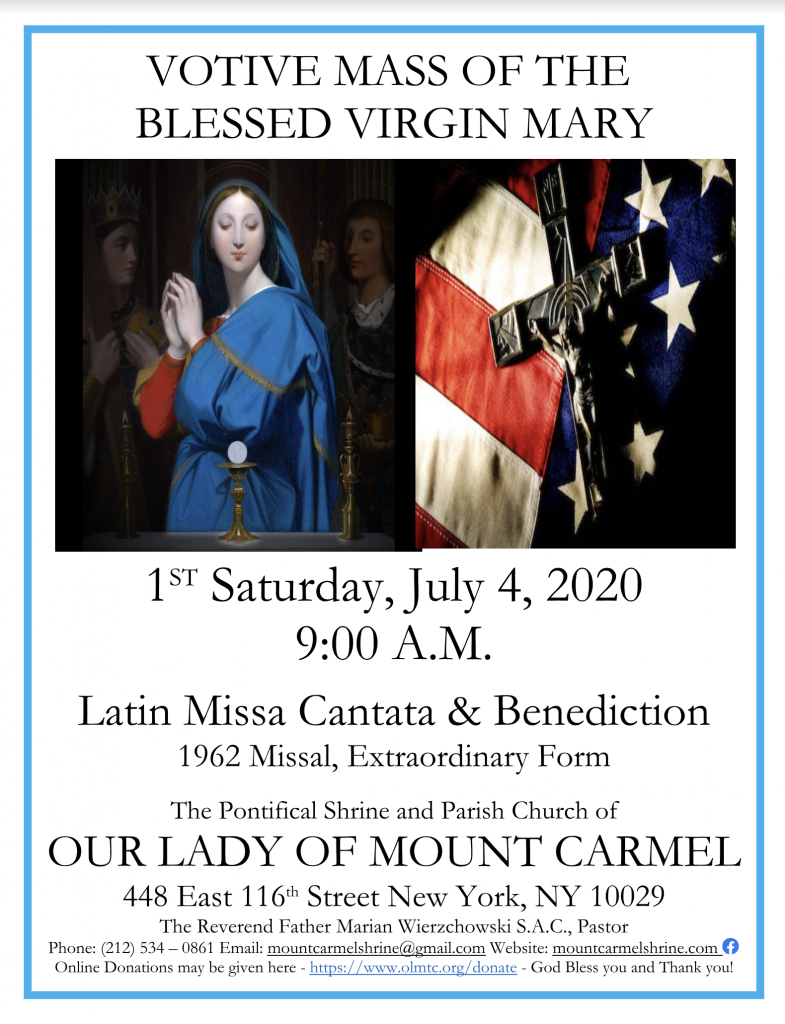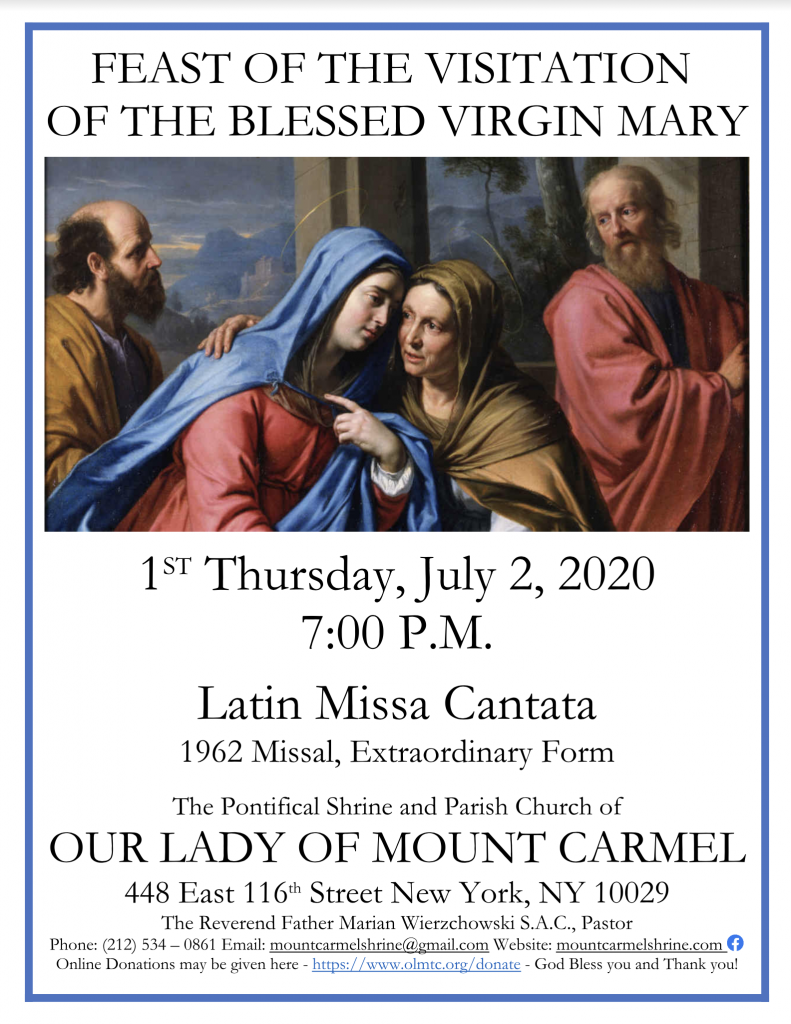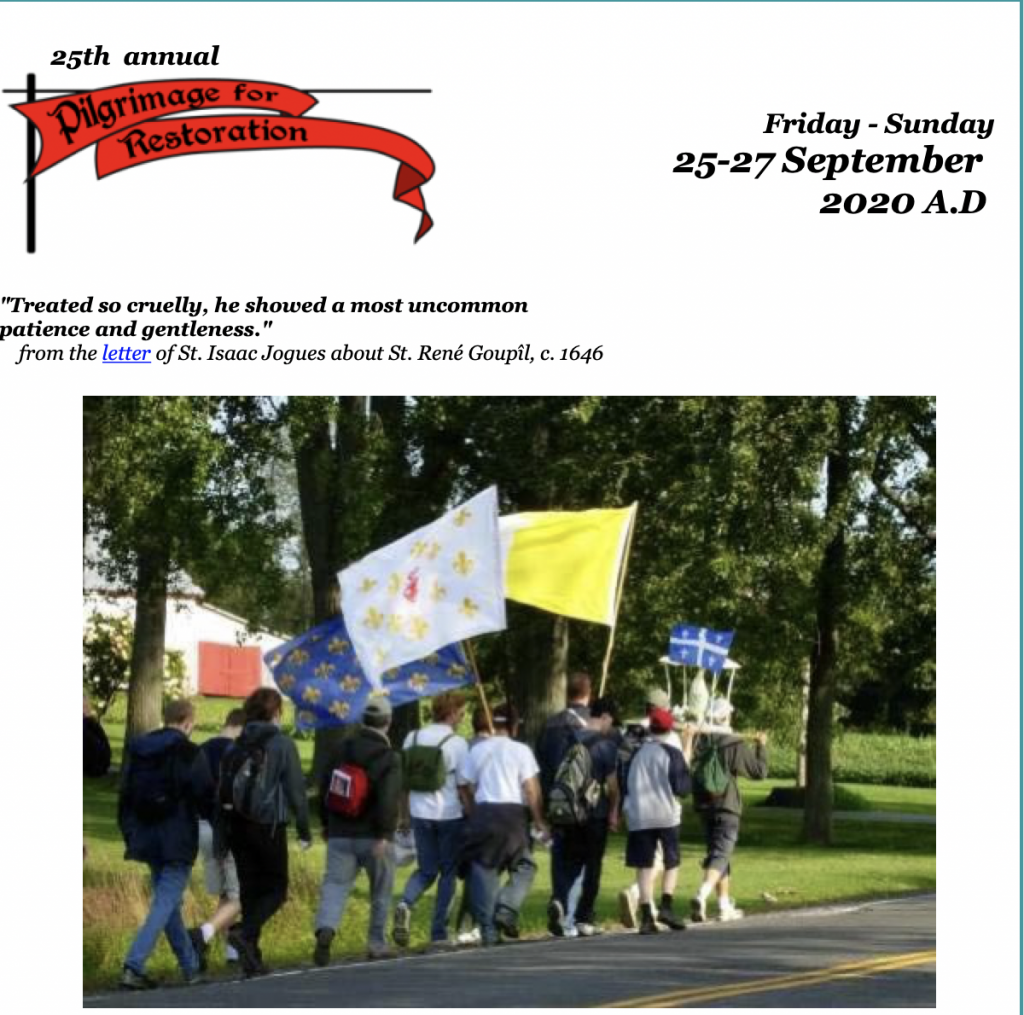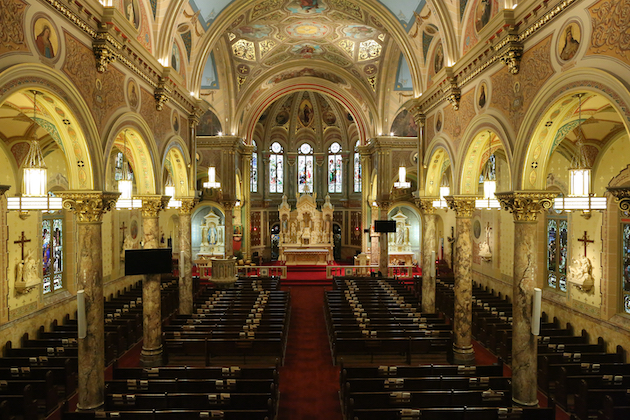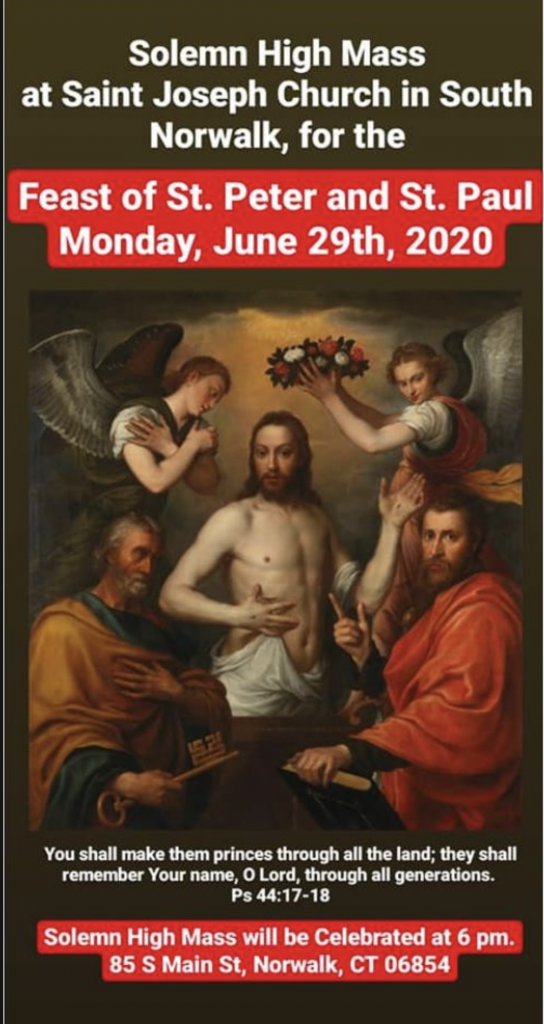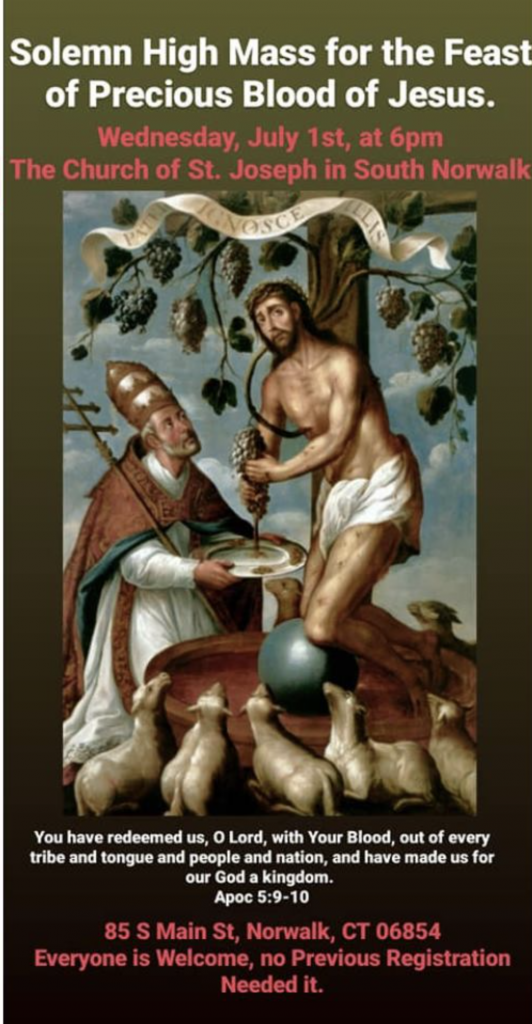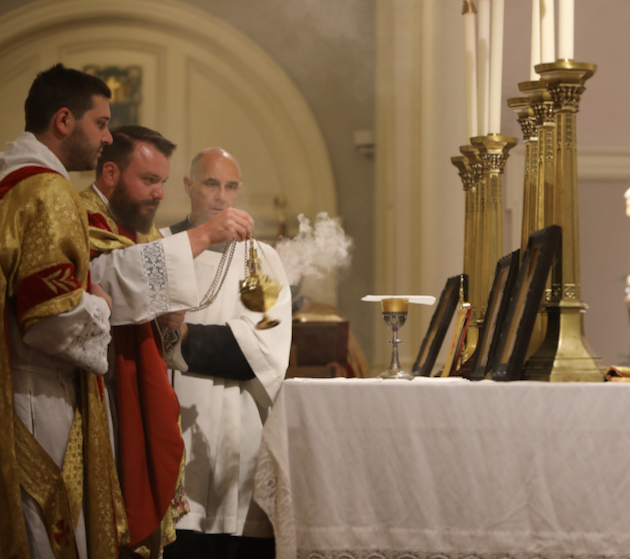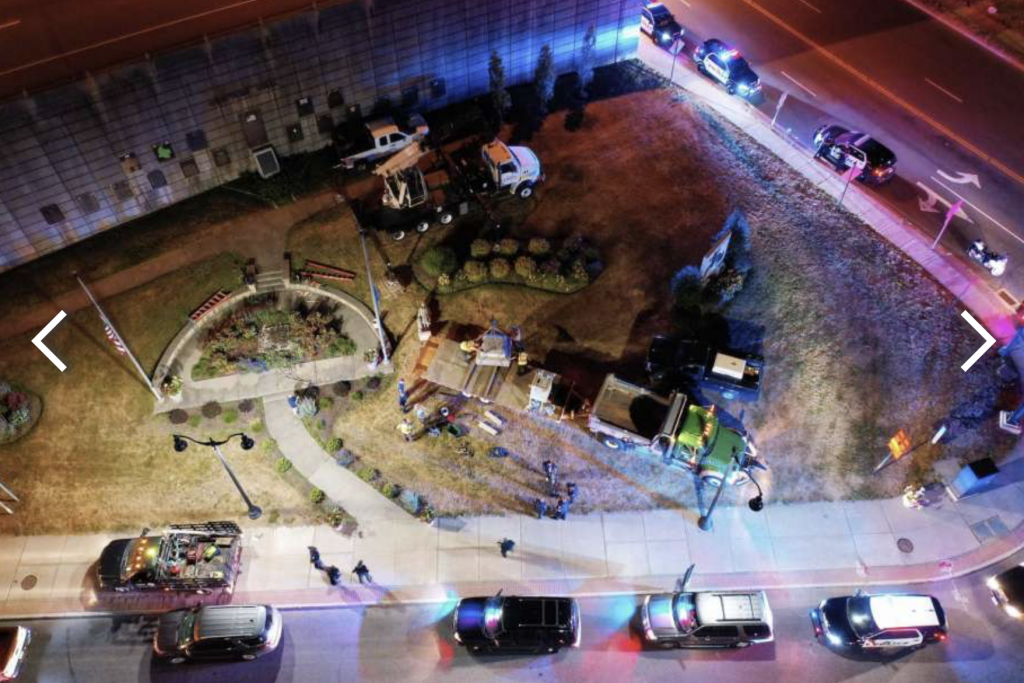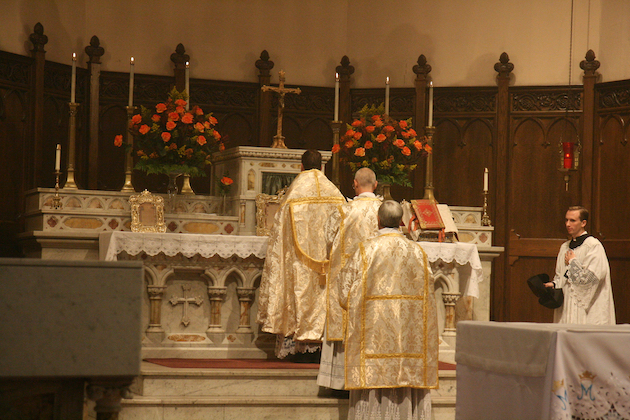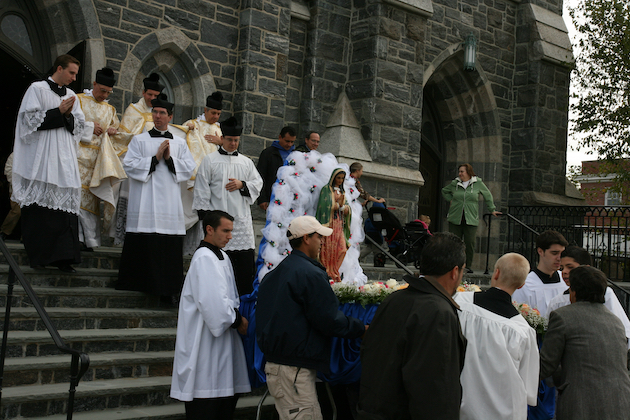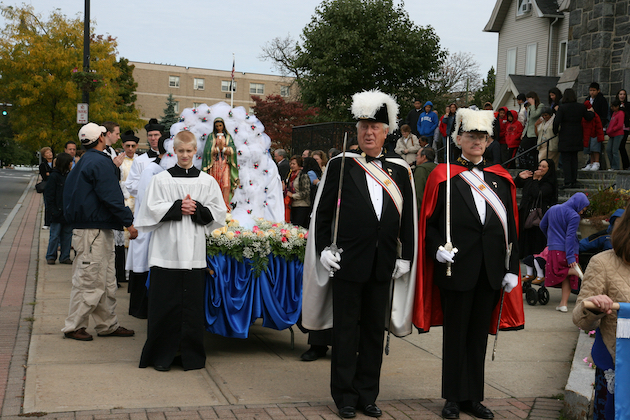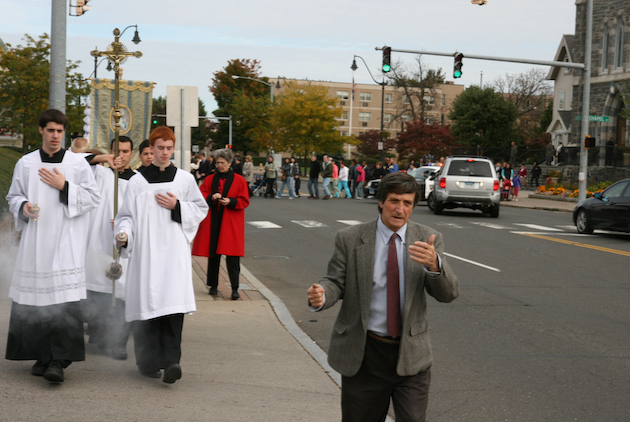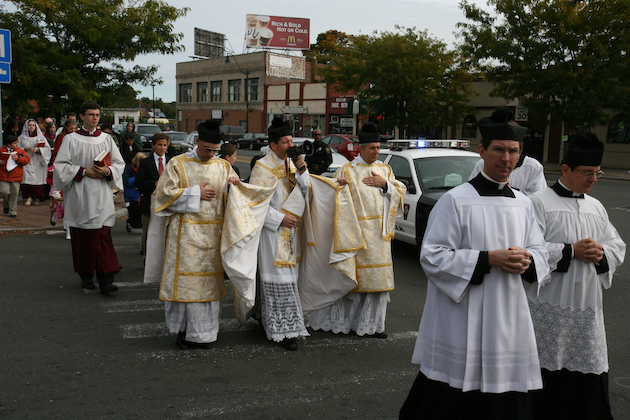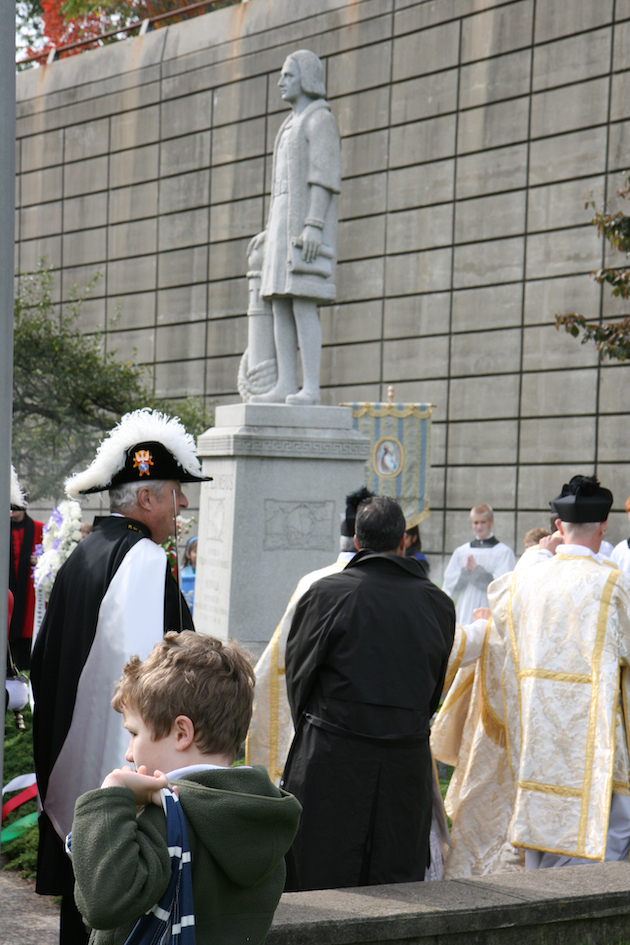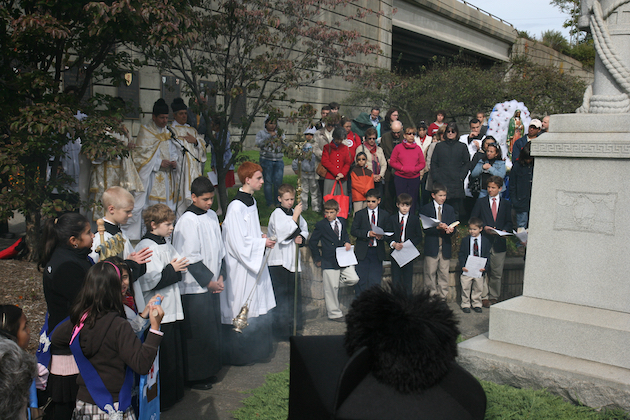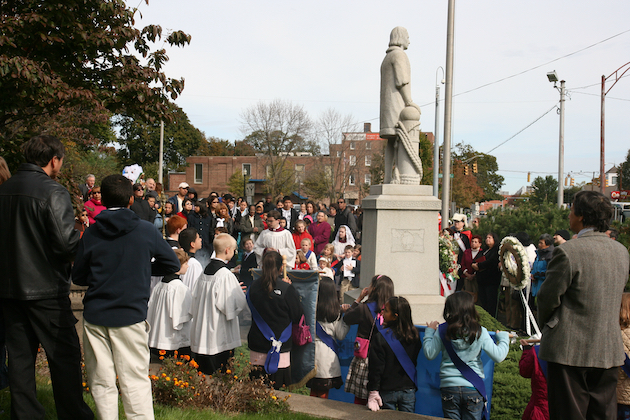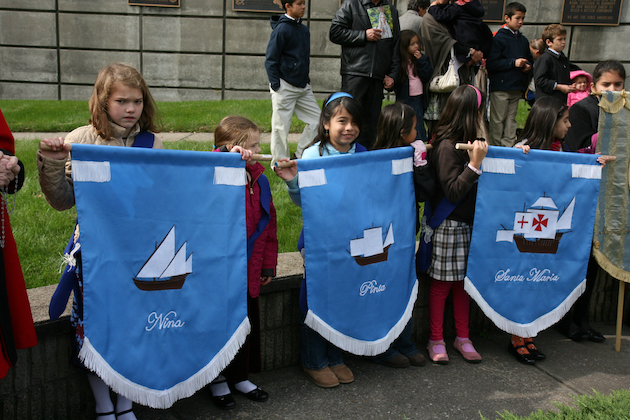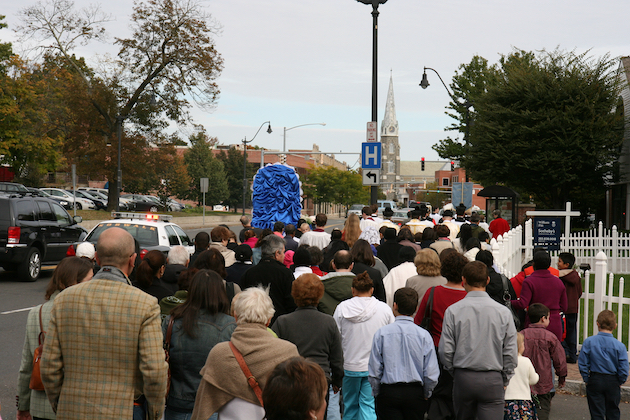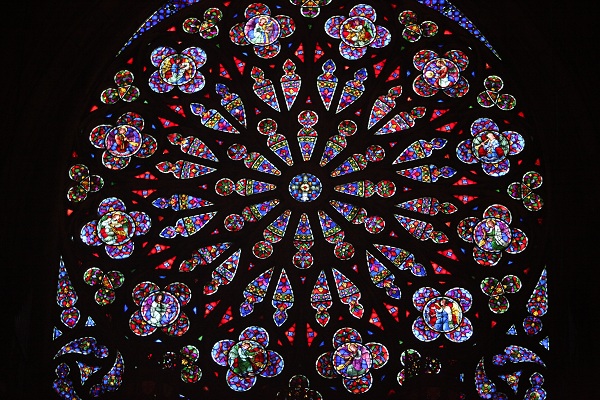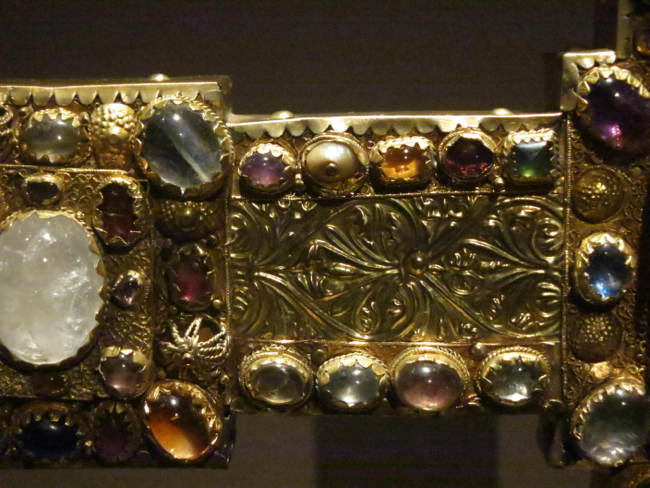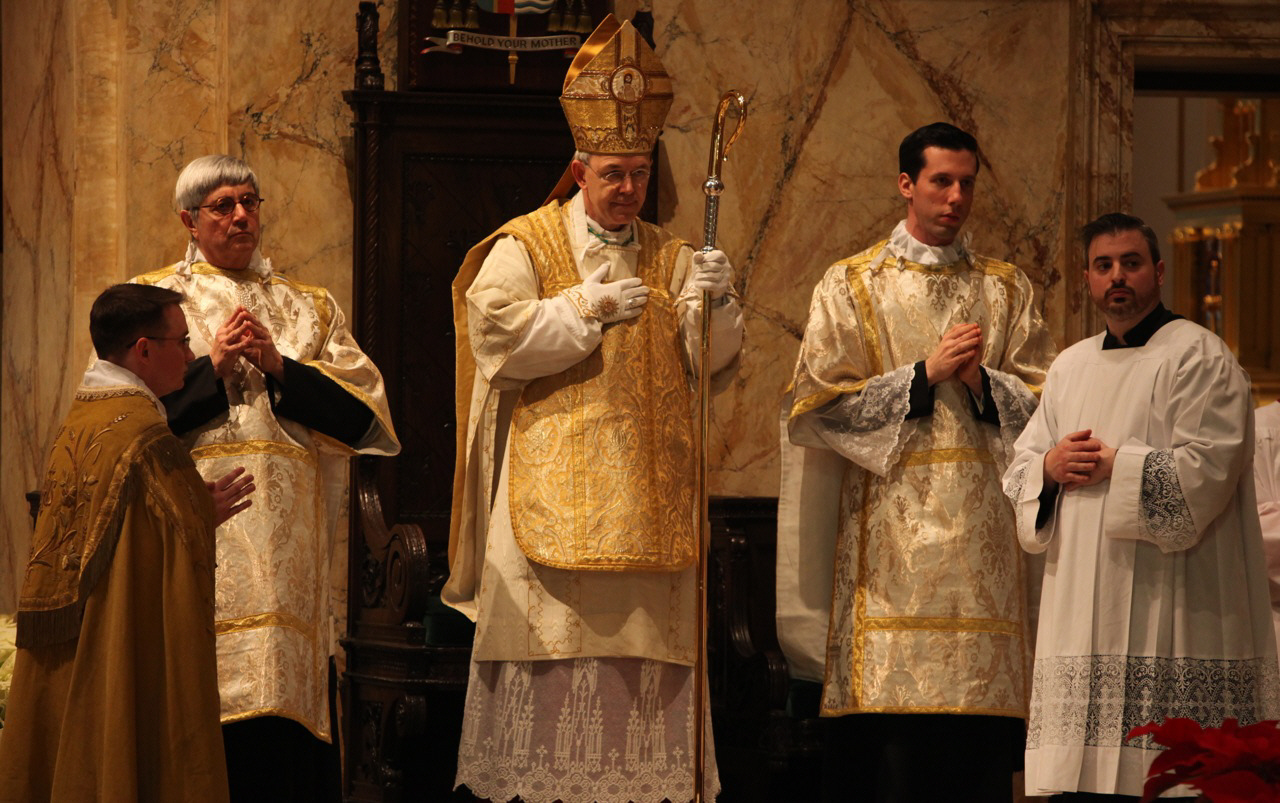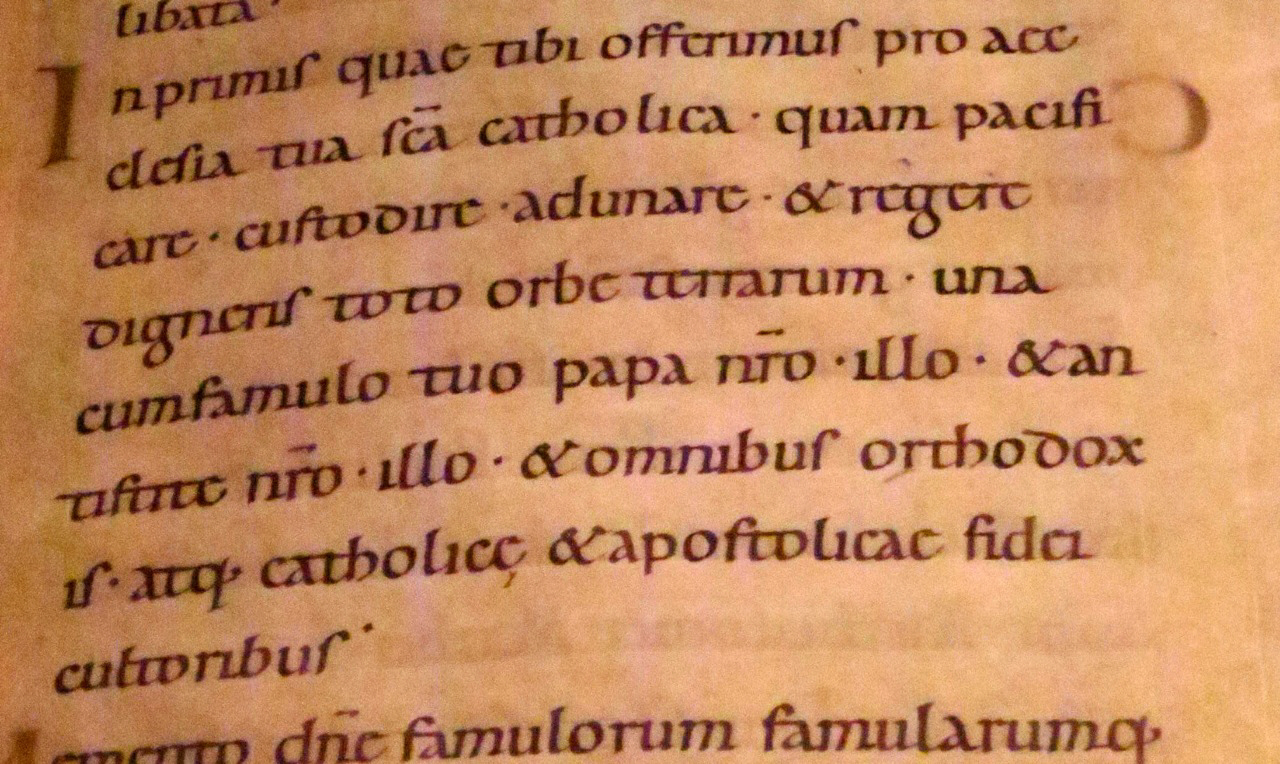Canon Jean Marie Moreau, ICKSP, whom many of you got to know when he was pastor of St. Anthony of Padua Oratory in West Orange, NJ, is starting a new oratory of the Institute of Christ the King in Sulphur, Louisiana.
He is seeking to raise $600,000 to restore a century-old church, and to convert the adjacent city marshal’s office into a residence for members of the Institute. He is in urgent need of funds right now: There is an opportunity to buy the statues and windows of the old cathedral in Houston. Big donations and small are needed.
In your charity, please consider donating to this worthy project.
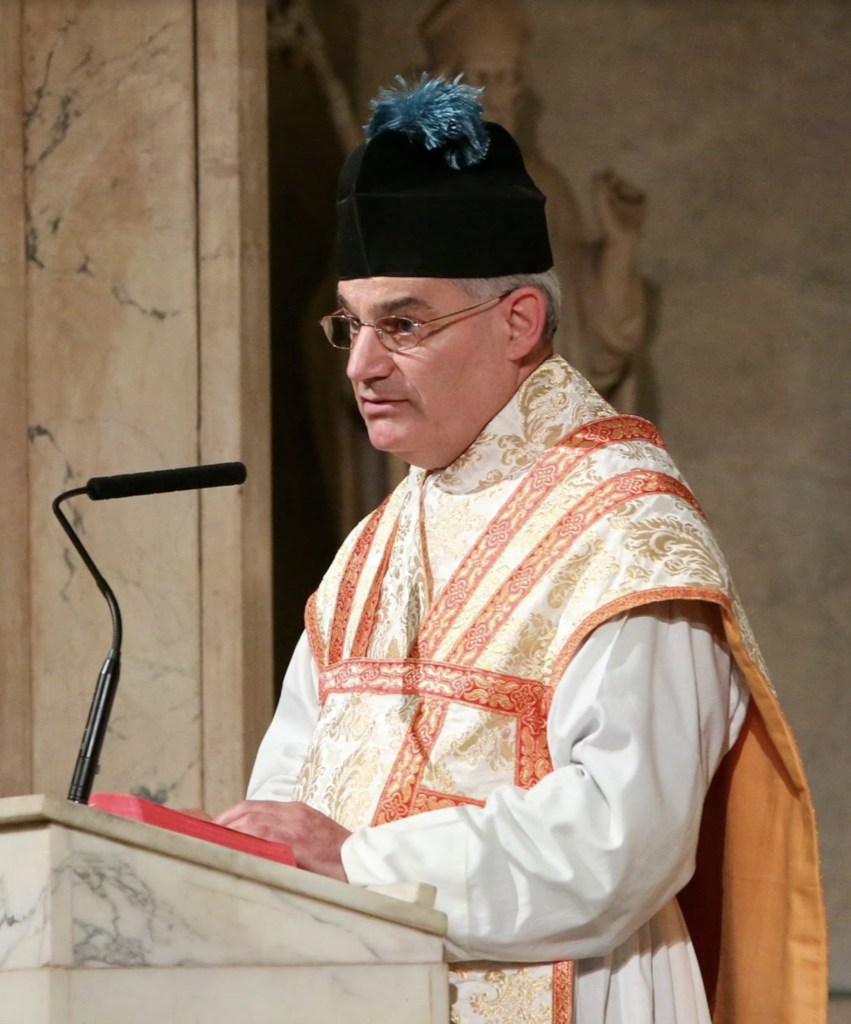
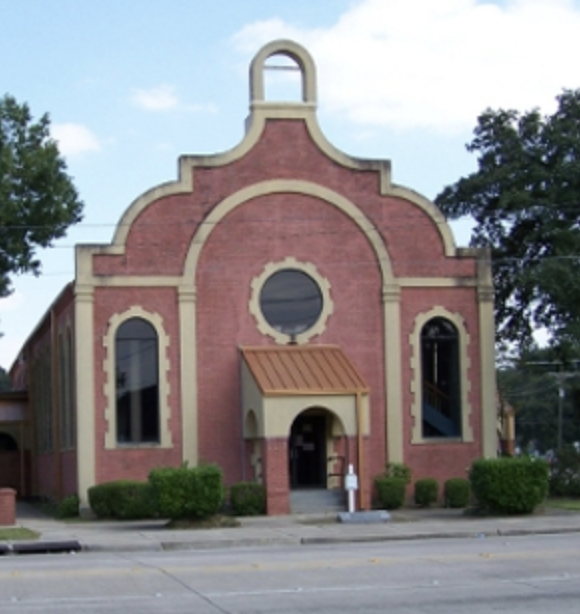
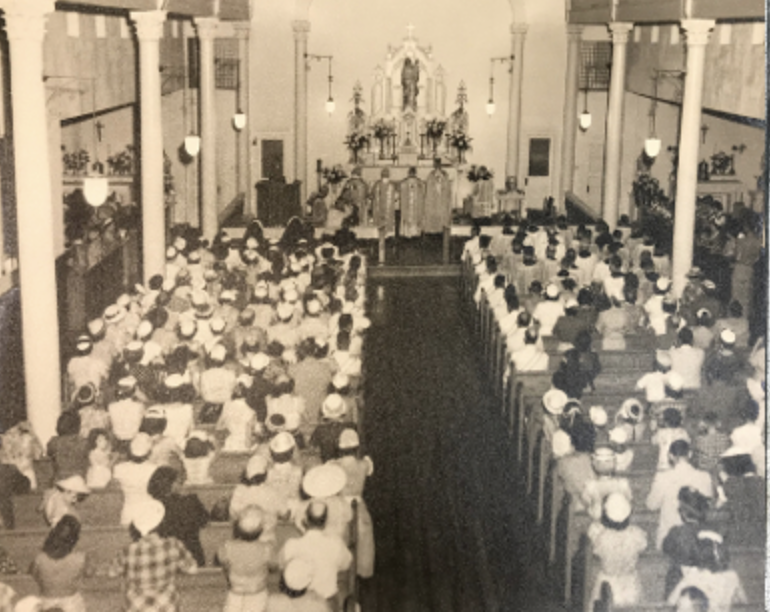
To donate by mail:
Canon Jean Marie MOREAU
Institute of Christ the King Sovereign Priest
Cathedral of the Immaculate Conception
935 Bilbo Street
LAKE CHARLES, LOUISIANA 70601
Donate on-line: Go Fund Me: https://www.gofundme.com/f/st-francis-de-sales-oratory-new-sulphur-la-fund?utm_source=customer&utm_campaign=p_cp+share-sheet&utm_medium=copy_link-tip
Or go to the Institute website: https://www.eservicepayments.com/cgi-bin/specialwebapp.vps?appid=eb2b05f1f0f40d1edeea4d27259defa4c95dc6cebafe577f90d5b973bb16107e5a10fdfb7f0fb15e86e6cf19f7a0045add5c3bdbf045c99f62c874ba3236dc94&bywebssid=d0523f876a08c16fe064d80d34164712681f6a77
The webpage for the Sulphur St. Francis de Sales Oratory: https://institute-christ-king.org/sulphur-home
